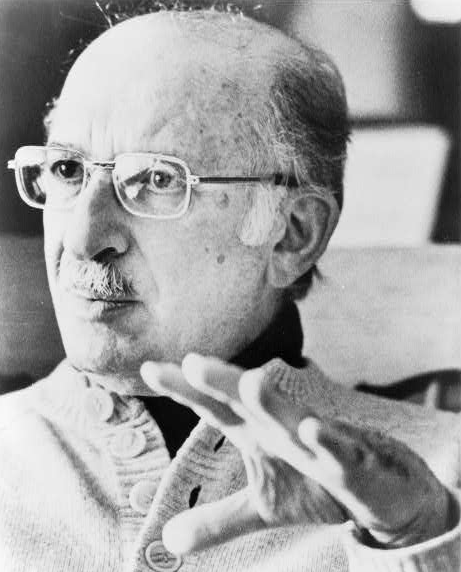Drafting the draft, editing the draft, producing a final draft - all before the first actual first version of an essay or story is a description of a process that made absolutely no sense to me until I began to write in earnest. During the past three weeks, I've been drafting and editing a number of short stories that were reviewed and "workshopped" at the University of Chicago Writers's Studio and at the University of Iowa Summer Writers' Festival.
Recently, I read an article about one of my all time favorite and most inspiring writers - Bernard Malamud. The article claimed that Malamud was legendary for his incredible meticulousness when editing his work. But meticulousness was just one characteristic of his writing habits. He was most notorious for his drafts, edits of his drafts, and then even more edits. Before embarking on the editing process, it wasn't that unusual for Malamud to write as many as fifty drafts of any given story.
Clearly, by the time Malamud determined, at last, that the story with which he'd been consumed was really done, i.e., "ready for prime time" but not to be confused with finished, he knew every nuance of what was in the story.
Malamud began each of his beloved stories as a vague concept. His hope was to write "story" as a vehicle with which to illustrate precise, deep yet common emotions. But only through successive drafts was it possible for his intuition to dominate. Malamud's intuition provided accurate material, the accuracy of which grew continuously as a result of his continuous scrutiny and persistent revisions.
Literary art is neither entirely conscious nor unconscious; rather, it's an interplay between two attitudes typical of the process top writers employ. Drafting a story necessitates movement from inception to completion but simultaneously is a move from lesser to greater consciousness in both content and technique.
Much Like musicians and artists, writers practice, learn, and over-learn techniques of their art so that once inculcated, they can be performed with exactness, ease, and proficiency all fed by inspiration.
For those of us who've devoted so much of ourselves to writing, the fantasy that creativity pours spontaneously from the writer entices and thrills us. But reality prevails! Writing - good writing, is a complex process. It seems as though we experience the pleasure of spontaneity and freedom the most during our drafting phases.
Once we put our drafts on the road to becoming a finished work - the phase where drafts begin to transform into eloquent and excellent writing, then our greater focus is upon pleasing potential readers. Writing multiple drafts temporarily ignores readers' needs and pleasures. Instead, if we can extend the writing process a bit, then we also extend the uninhibited and self-indulgent nature of writing but we also extend the stage of most gratifying creativity.
Those not familiar with Bernard Malamud, might be interested to know that he was not regarded as especially prolific but was, and still is, regarded as an outstanding story teller and writer. My personal favorites are The Natural (1952) and The Assistant (1957) but below is a list of Melamud's other works.
The Magic Barrel (1958)
A New Life (1961)
Idiots First (1963)
The Fixer (1966)
Pictures of Fidelman: An Exhibition (1969)
The Tenants (1971)
Rembrandt's Hat (1973)
Dubin's Lives (1979)
God's Grace (1982)
The Stories of Bernard Malamud (1984)
The People and Uncollected Stories (1989)

